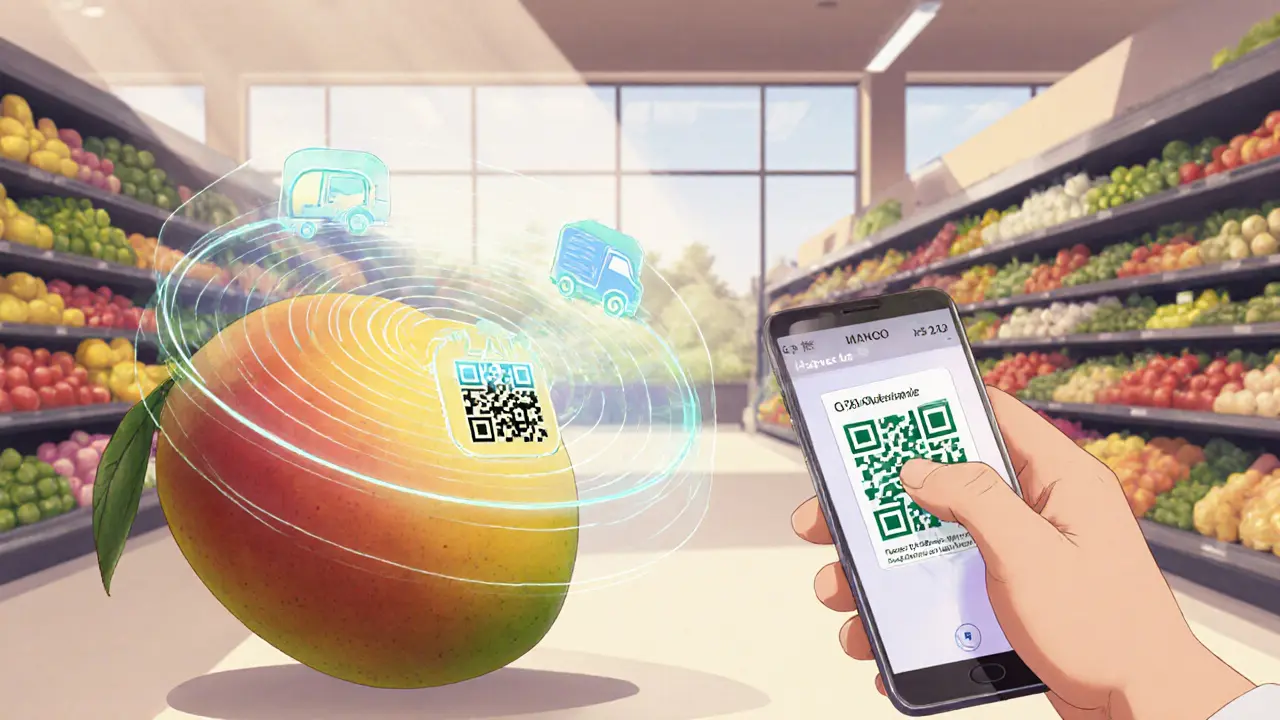IBM Food Trust: How Blockchain Boosts Food Supply Chain Transparency
When talking about IBM Food Trust, a blockchain‑based network that lets food producers, distributors, and retailers share verified data about product origins, handling, and safety. Also known as Food Trust Network, it creates a single source of truth for every step a food item takes from farm to fork.
At its core, blockchain, a distributed ledger that records transactions in an immutable, time‑stamped chain powers the trust. Because each record can’t be altered without consensus, participants can instantly verify where a product came from, how it was stored, and who handled it. This IBM Food Trust capability pairs perfectly with modern supply chain, the network of steps that moves raw goods to finished products for consumers. When a farmer logs harvest data, a processor adds inspection notes, and a retailer records shelf life, the blockchain stitches these events together into a single, tamper‑proof story.
Smart contracts act as the glue that automates compliance. A contract can be programmed to release payment only after a temperature sensor records that produce stayed within safe limits. If the condition isn’t met, the contract blocks the transfer, preventing spoiled goods from reaching shelves. This reduces waste, cuts disputes, and speeds up recalls. In practice, large retailers like Walmart already use this logic to trace leafy greens back to specific farms within seconds, slashing the time needed for a recall from days to minutes.
Why It Matters for Every Player in the Food Ecosystem
Producers gain credibility because buyers can see documented proof of organic practices, fair‑trade certification, or pesticide‑free status. Distributors enjoy smoother audits since the ledger already contains all required documentation. Retailers boost consumer confidence; a QR code on a package can instantly show the product’s journey, satisfying shoppers who demand transparency. Even regulators benefit from a ready‑made audit trail that speeds up inspections and enforcement.
Beyond safety, the platform unlocks new business models. Tokenized incentives can reward farmers for meeting sustainability targets, while consumers might earn loyalty points for choosing traceable items. Because the data lives on a permissioned network, participants retain control over who sees what, balancing openness with privacy—a concern echoed across many blockchain discussions in the crypto world.
As the food industry grapples with climate change, labor shortages, and global trade complexities, having a reliable, real‑time view of the supply chain becomes a competitive advantage. The IBM Food Trust network demonstrates that blockchain isn’t just for digital currencies; it’s a practical tool that can improve safety, reduce waste, and build trust across the entire food ecosystem.
Below you’ll find a curated set of articles that dive deeper into the technology behind the platform, real‑world case studies, and practical tips for anyone looking to adopt blockchain‑based traceability. Whether you’re a farmer, a tech developer, or just a curious consumer, these pieces will give you a clear picture of how the IBM Food Trust is reshaping the way food moves around the world.
